Call to Action to Sustain National Programs for Affordable Connectivity
By Paul Garnett, Greg Guice, and Breese McIlvaine
The Affordable Connectivity Program—which has helped nearly 23 million households afford broadband service during and after the pandemic—will stop enrolling new households tomorrow (February 8). Based on the FCC’s estimate, it will no longer be able to pay monthly benefits to these consumers after the end of April 2024. If action is not taken soon to ensure a permanent program for affordable broadband services, many families will lose their connection and the country will lose gains towards economic growth and an equitable society.
Vernonburg Group, a team of global experts focused on the digital divide, has been sounding the alarm since June 2022. As we approach the final days of the program, we urge action by policymakers to keep 23 million families connected.
A broadband connection has become an essential tool to participate in today’s society and economy. Without it, it can be very difficult to take the basic steps to simply keep up (let alone thrive) with one’s education, career, or healthcare. With average costs of a broadband subscriptions at around $41.00 per month (based on Us Telecom analysis of the largest 14 wireline providers’ prices in urban areas across the country), a family living on an income around the poverty line will face difficult decisions between which of their essential basket of services they can afford. Being disconnected adds yet another barrier to opportunity and further exacerbates our society’s inequities. A recent article in the New York Times highlight research findings that inequalities in educational outcomes for poor communities are widening in part because schools in poor communities stayed remote longer during the pandemic. Access to affordable internet connectivity and devices is now recognized as a critical determinant with long-lasting implications. Some students may never catch up.
The Affordable Connectivity Program is a federal benefit program that offers $30 per month toward internet service for eligible households (up to $75 per month for households on qualifying Tribal lands). It also offers a one-time discount of up to $100 to purchase a device from participating providers if they contribute more than $10 and less than $50 toward the purchase price.
The program has had tremendous impact, not just for individuals and families, but for our economy generally:
In two years, nearly 23 million households enrolled in the program, enabling them to stay connected during and after the pandemic, representing over 10.2 million older Americans, a million veterans, and 270,000 Indigenous Americans.
·This contributed to economic growth: $14.2 billion contributed to the United States’ gross domestic product in 2023 alone, according to a working paper by Matthew Sprintson and Edward Oughton.
We are working with a broad range of stakeholders with decades of experience to try to help develop practical and impactful bipartisan policy solutions to sustain and expand the positive impacts that ACP has laid a foundation to bring about. Without action, our county will see widening inequalities that will become increasingly intractable.

